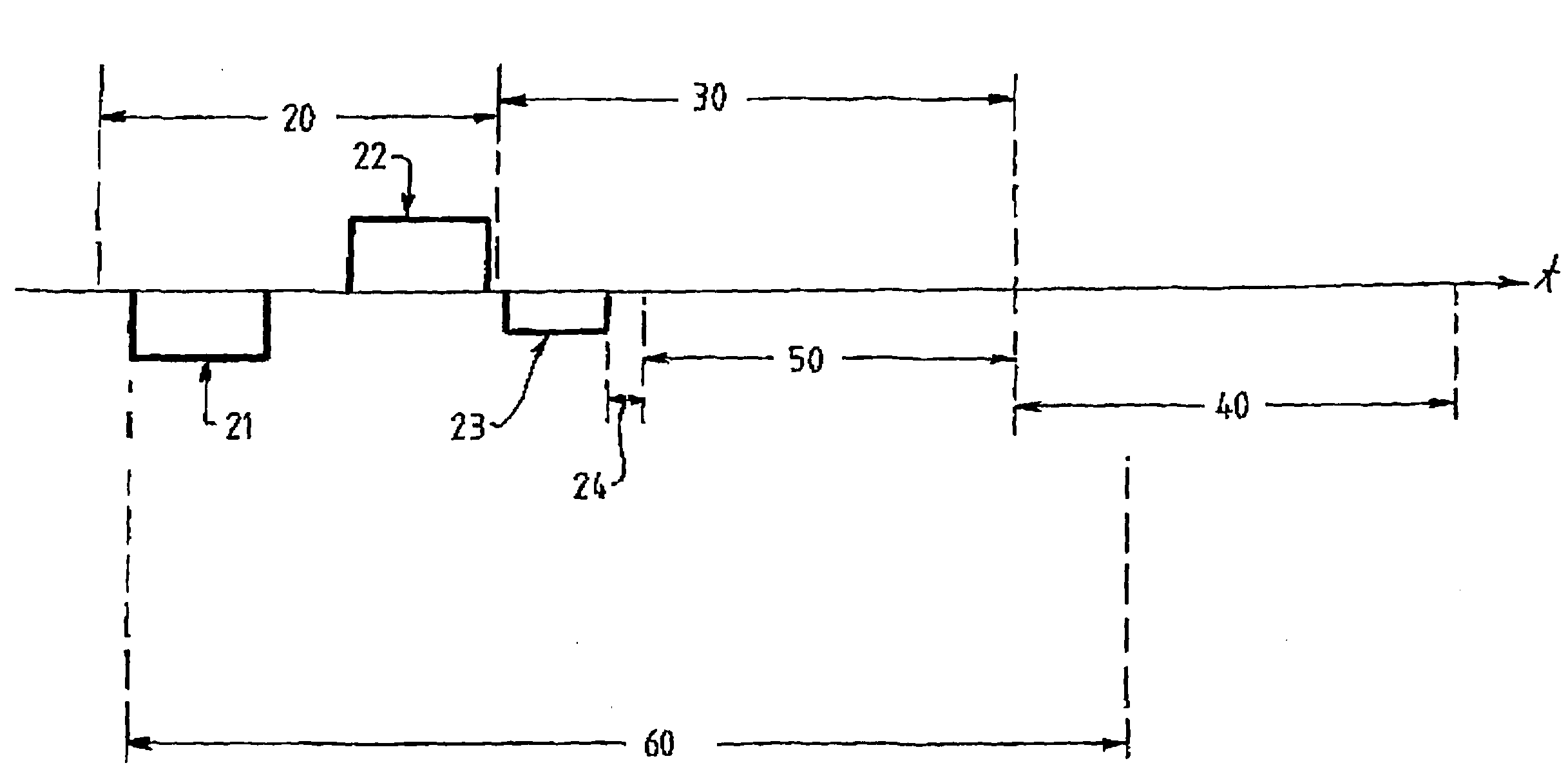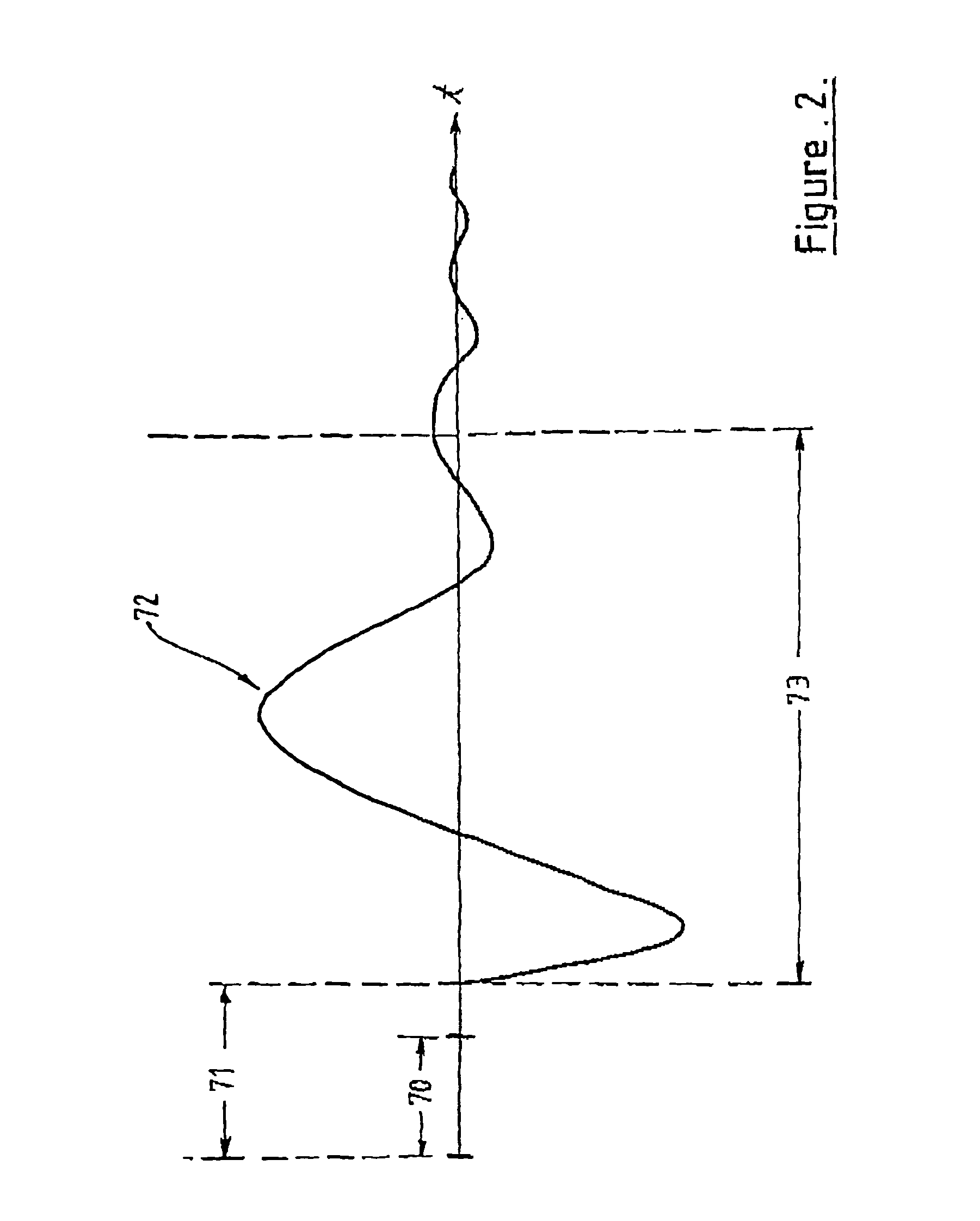Method and apparatus for measurement of evoked neural response
a neural response and evoked response technology, applied in the field of evoked response measurement methods and apparatuses, can solve the problems of affecting the quality of neural response measurement, affecting the speech and hearing development of children, and the process is quite time-consuming, and achieves high-resolution neural response measurement
- Summary
- Abstract
- Description
- Claims
- Application Information
AI Technical Summary
Benefits of technology
Problems solved by technology
Method used
Image
Examples
Embodiment Construction
[0073] The following discussion will be made on the basis of the present invention being implemented in a cochlear implant, such as is discussed in U.S. Pat. No. 4,532,930, the contents of which are incorporated herein by reference. However, it is to be appreciated that the present invention may have application in other types of auditory prostheses and indeed may have application in measurement of neural responses, or in general, a physiological response to an electrical stimulation.
[0074]FIG. 1 illustrates the occurrence over time of a first stimulus 20, artefact compensation period 30 and evoked neural response measurement phase 40 in accordance with the present invention.
[0075] The first stimulus 20 includes a first phase 21 during which an electrical stimulus of negative polarity is applied by an intra-cochlear active stimulus electrode to the auditory nerve. Subsequently, a second phase 22 of positive polarity is applied by the active electrode. As will be appreciated, an in...
PUM
 Login to View More
Login to View More Abstract
Description
Claims
Application Information
 Login to View More
Login to View More - R&D
- Intellectual Property
- Life Sciences
- Materials
- Tech Scout
- Unparalleled Data Quality
- Higher Quality Content
- 60% Fewer Hallucinations
Browse by: Latest US Patents, China's latest patents, Technical Efficacy Thesaurus, Application Domain, Technology Topic, Popular Technical Reports.
© 2025 PatSnap. All rights reserved.Legal|Privacy policy|Modern Slavery Act Transparency Statement|Sitemap|About US| Contact US: help@patsnap.com



